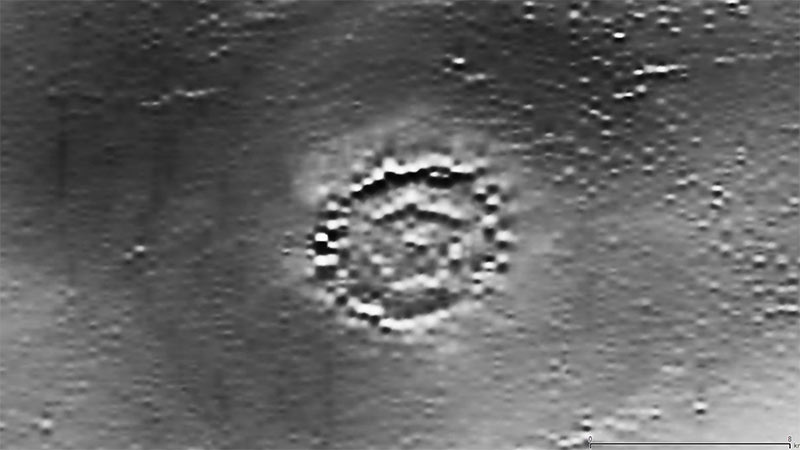Strategic wants to start mining possible meteorite craters in Western Australia

Pic: John W Banagan / Stone via Getty Images
Experts are divided on whether two 15km to 20km multi-ringed magnetic features buried in the Western Australian desert are caused by the impact of a meteorite, or rocks intruding from below.
Shares in Strategic Elements (ASX:SOR jumped more than 20 per cent yesterday to 3.9c after the company revealed possible mineralised targets within large rings at its Ilkurka and Lennis Projects.
Meteorite impacts from above and intrusion from underneath are associated with big mineral deposits, Strategic says.
Intrusions are well known to the market from the outstanding success of explorer Sirius Resources and its Nova nickel, copper and cobalt deposit discovery, which was sold for $1.8 billion.
The Witwatersrand Basin in South Africa — which has produced about 40 per cent of all gold mined on Earth — is associated with multi-ringed meteorite impact structures, Strategic says.
Strategic will now undertake exploration of gravity anomalies for sulphide minerals – which are associated with large deposits of nickel, copper, platinum and gold.

“Whether the cause of the magnetic rings are from rocks intruding up from below or as some experts believe from the impact of a meteorite coming down from above, the gravity anomalies have assisted us to generate target zones for nickel-copper-gold sulphide mineralisation,” Strategic managing director Charles Murphy said.
“We know true greenfield exploration such as this has very high risks, but the rewards for discovering a large base metal rich sulphide deposit (e.g. Sirius Resources or Sandfire Resources) are also very, very high.”
Strategic Elements is a registered Pooled Development Fund, which invest in small Australian companies.
The Company continues to invest in and develop its wholly owned companies across technology and resources.
At 30 June 2018, the consolidated entity had $4.3m in cash and term deposit balances at the end of June.
UNLOCK INSIGHTS
Discover the untold stories of emerging ASX stocks.
Daily news and expert analysis, it's free to subscribe.
By proceeding, you confirm you understand that we handle personal information in accordance with our Privacy Policy.








